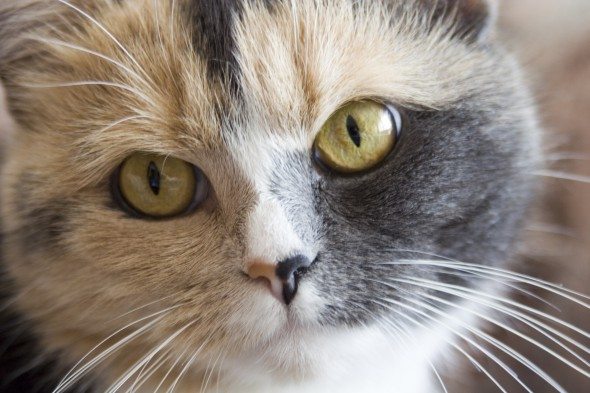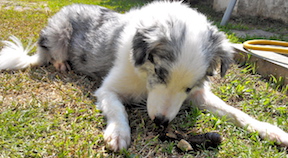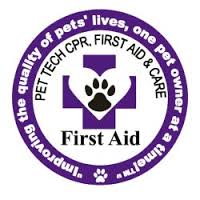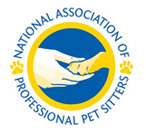Four Paws Pet Sitting is accepting new clients in Durham, NC. At Four Paws Pet Sitting our pet sitters are professional pet care employees, who are background checked, bonded and insured, and prepared for emergencies. We are a local company and pet sitters are interviewed in person. When you choose Four Paws Pet Sitting, you get a mature, professional, reliable pet sitter whose focus is caring for your pets just as you would.
Pet Services: Professional in-home pet sitting, vacation visits, mid day dog walks, overnight visits, house sitting, medicine administration, and pet taxi services. Visits include lots of love, feeding, brushing, fresh water, dog walks, kitty litter scooped, mail & newspaper brought in, adjusting lights/shades — All customized to your pet’s schedule.
Service Area: Raleigh, Cary, Apex, Holly Springs, Morrisville, Garner, Knightdale, Wake Forest, Brier Creek, Fuquay-Varina, Durham, and Chapel Hill NC.















